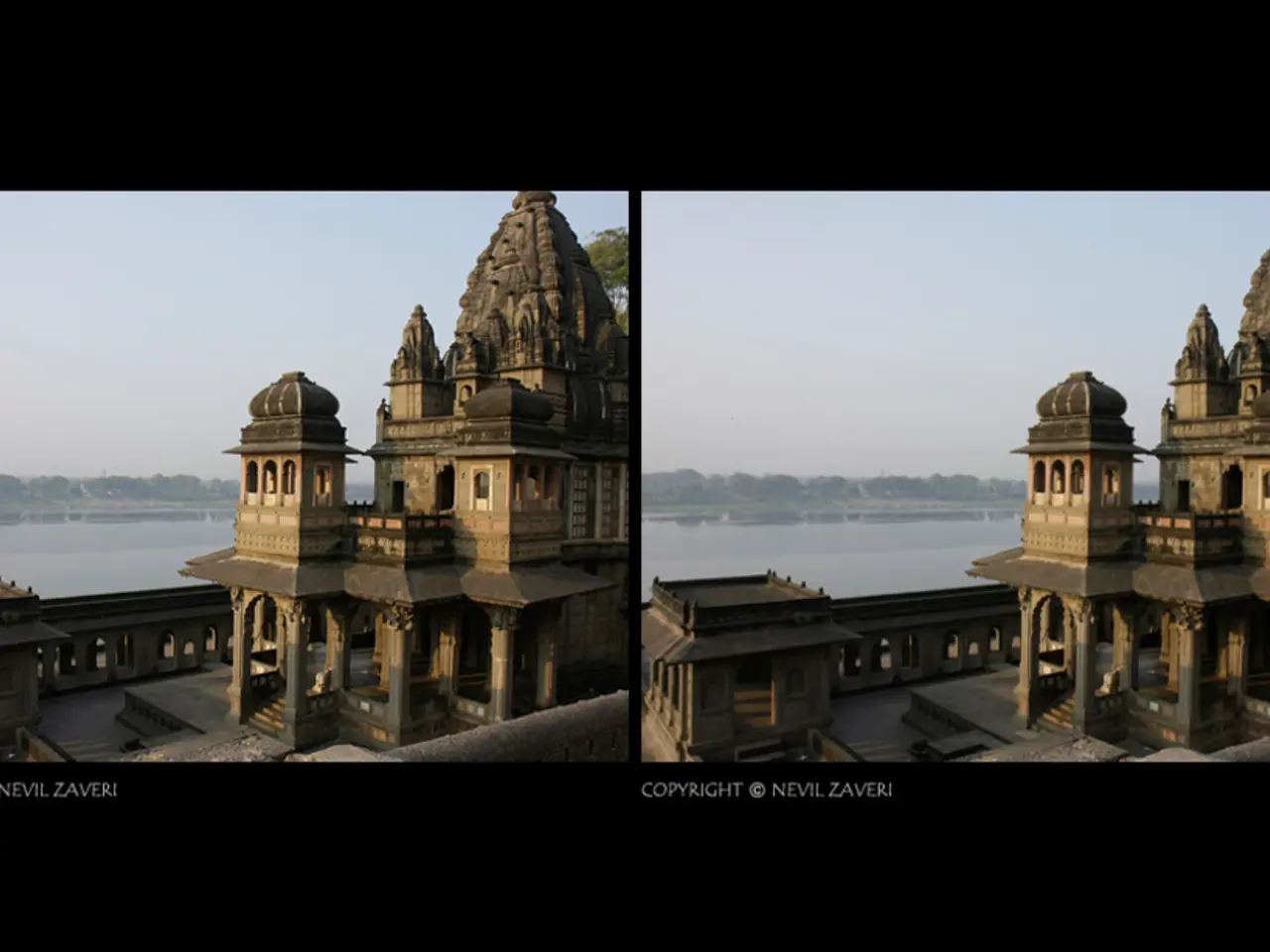Exploring Cross-Field Collaboration: A Look into Interdisciplinary Studies
The "Cruising in the Ruins: Disciplinarity in the Post-Medieval University" conference is currently underway, pushing the boundaries of knowledge in the post-medieval university context. This event, associated with breakthroughs, is attracting groundbreaking ideas and research from various disciplines.
MIT's unique approach is being applied to the conference, employing an innovative methodology that differs from traditional academic conferences. The focus is on interdisciplinary collaboration, integration of advanced computational methods, and cross-sector partnerships.
The conference programme provides increasing opportunities for insight. One key aspect is the emphasis on interdisciplinary collaboration and seed programs, such as the MIT-Mass General Brigham (MGB) Seed Program. This initiative combines MIT’s scientific, engineering, and innovation strengths with Mass General Brigham’s clinical research expertise, supporting teams of researchers and clinicians to address complex biomedical challenges using AI, machine learning, and clinical insights.
Another aspect is the leveraging of advanced computational techniques across fields. Researchers are exploring massive, previously inaccessible spaces of chemical compounds for new antibiotics, tackling problems like drug-resistant bacteria with novel mechanisms. This breakthrough enables discovery beyond traditional trial-and-error or siloed disciplinary approaches in chemistry, biology, and medicine.
The conference also highlights interdisciplinary academic programs and research centres at MIT, such as the Media Lab and Koch Institute, which actively promote boundary-crossing projects that target real-world problems from multiple angles simultaneously.
Lastly, the conference underscores the importance of knowledge transfer across industries and disciplines. Studies from MIT emphasize the role of diverse innovations from multiple sectors in dramatic advances, such as the >99% cost reductions in solar panels since the 1970s. These improvements came not just from solar research but also from semiconductor fabrication, metallurgy, construction, and even legal innovations, showcasing the significance of interdisciplinary knowledge transfer and policies fostering cross-domain integration.
In essence, the conference aims to create collaborative frameworks that fuse disciplines (especially combining computation, engineering, clinical research), develop flexible interdisciplinary education, and explicitly foster knowledge exchange across traditional silos and sectors to tackle large, complex problems related to life and technology beyond the confines of the post-medieval university model. This approach could lead to significant discoveries or advancements in various fields.
For those interested, registration for the conference is still open. Join us as we navigate the ruins of the post-medieval university and explore audacious large questions together.
- This conference at the post-medieval university is pushing boundaries, attracted by groundbreaking ideas and research from different disciplines.
- MIT's distinctive methodology for the conference incorporates innovation, interdisciplinary collaboration, and advanced computational techniques.
- The interdisciplinary MIT-Mass General Brigham Seed Program, a part of the conference, integrates MIT's scientific, engineering, and innovation strengths with Mass General Brigham's clinical research expertise.
- Researchers at the conference are working on exploring chemical compounds for new antibiotics using advanced computational techniques and AI, moving beyond traditional disciplinary approaches.
- MIT's interdisciplinary academic programs, like the Media Lab and Koch Institute, are highlighted for their support of projects targeting real-world problems from various viewpoints.
- The conference underscores the relevance of interdisciplinary knowledge transfer for dramatic advancements, as demonstrated by the >99% cost reductions in solar panels spurred by innovations across sectors.
- The conference aims to foster collaborative frameworks that blend disciplines, develop flexible interdisciplinary education, and promote knowledge exchange across traditional silos and sectors to address large, complex problems in life and technology.
- Opportunities are still available for participation in this conference, which invites attendees to navigate the post-medieval university's ruins and explore audacious large questions together.




